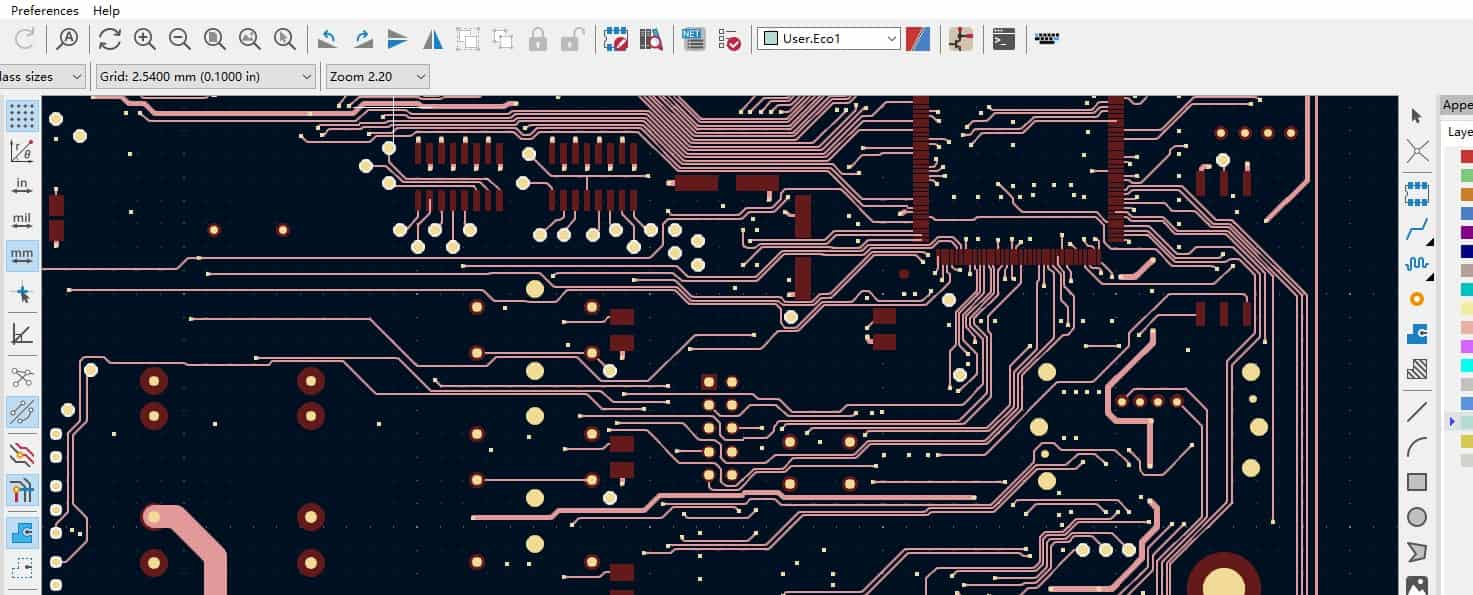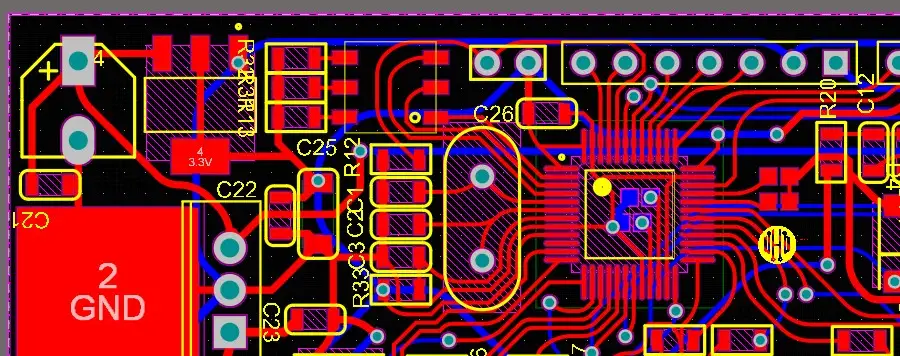Back to blog
The Role of CAM Engineers in the PCB Manufacturing Industry

Introduction
The world of electronics relies heavily on the production of Printed Circuit Boards (PCBs). These integral components serve as the backbone of countless electronic devices, from smartphones to computers and beyond. However, the journey from a design concept to a functional PCB involves several intricate steps, and one of the key players in this process is the CAM (Computer-Aided Manufacturing) engineer. In this comprehensive blog post, we will explore the multifaceted role of CAM engineers in the PCB manufacturing industry. We will delve deep into their responsibilities, the challenges they face, and the critical impact they have on the production of high-quality PCBs.
The Vital Role of CAM Engineers
Data Verification and Review
The journey of a PCB begins with the design data provided by PCB designers. This data serves as the blueprint for the entire manufacturing process. CAM engineers start by meticulously verifying and reviewing the design data. Their primary goal is to ensure that the data aligns with design rules and specifications. This critical step helps identify any potential design issues or violations, such as clearance violations, track width discrepancies, or improper layer stackup.
Design for Manufacturability (DFM)
CAM engineers play a pivotal role in ensuring that the PCB design is not only creative but also manufacturable. They evaluate the design from a manufacturing perspective, focusing on areas that may pose challenges during fabrication and assembly. This involves scrutinizing pad sizes, drill hole locations, and considerations related to copper pours. By addressing DFM concerns, CAM engineers contribute to the efficient production of PCBs without compromising on quality.
Gerber File Generation
The generation of Gerber files and other manufacturing files is a core responsibility of CAM engineers. These files contain essential information required for various stages of PCB production, including photolithography, solder mask application, component placement, and more. CAM engineers ensure the accurate and complete generation of these files, which serve as the foundation for the entire manufacturing process.
Panelization
In cases where multiple PCBs need to be produced simultaneously, CAM engineers are tasked with panelization. This process involves creating panel layouts where several PCBs are combined into a single panel. Panelization enhances manufacturing efficiency by allowing for batch fabrication and assembly. CAM engineers optimize these layouts to maximize space utilization while minimizing waste.
Quality Control
Quality control is at the heart of PCB manufacturing, and CAM engineers are at the forefront of this aspect. They conduct thorough quality checks on the generated manufacturing data to ensure precision and compliance with industry standards. Any discrepancies or errors are meticulously addressed and rectified to maintain the highest quality standards throughout the production process.
Collaboration and Problem Solving
Communication
Effective communication is essential in the PCB manufacturing ecosystem. CAM engineers act as intermediaries between PCB designers and the production team. They facilitate clear and concise communication, conveying any necessary design modifications or clarifications. This collaborative approach ensures that the final PCBs align seamlessly with the desired specifications.
Process Optimization
Continuous improvement is a hallmark of PCB manufacturing, and CAM engineers actively contribute to process optimization. They constantly seek ways to enhance manufacturing efficiency, reduce production costs, and elevate the overall quality of PCBs. This involves suggesting improvements to various stages of production, from material selection to fabrication techniques.
Collaboration with Departments
Collaboration is not limited to PCB designers; CAM engineers work closely with various departments within the PCB manufacturing facility. They collaborate with the engineering team to refine designs, the production team to ensure smooth manufacturing, and the quality assurance team to maintain rigorous quality control. This multidisciplinary collaboration streamlines the entire manufacturing process.
Problem Solving
Challenges are an inherent part of any manufacturing process, and CAM engineers excel in troubleshooting and finding solutions. When issues arise during fabrication or assembly, CAM engineers are at the forefront, addressing problems promptly. Whether it’s resolving fabrication issues, aligning misaligned components, or tackling material-related challenges, they employ their expertise to ensure production remains on track.
Conclusion
CAM engineers are the unsung heroes of the PCB manufacturing industry. Their meticulous attention to detail, problem-solving prowess, and commitment to quality play a pivotal role in transforming design concepts into functional PCBs. From data verification to process optimization and collaboration with various teams, CAM engineers at Highleap Electronic are the linchpin that ensures the seamless production of high-quality PCBs.
As technology continues to advance, the role of CAM engineers remains essential in delivering innovative and reliable electronic devices to the world. Their expertise bridges the gap between design and manufacturing, ultimately shaping the future of electronics. In an ever-evolving industry, CAM engineers at Highleap Electronic stand as the guardians of precision and excellence, ensuring that PCBs meet the highest standards of performance and reliability.
PCB & PCBA quick quote
Related Articles

Analysis of Power Supply Noise in HF PCB Design Process
Power Supply PCB Design Partial FilesIn the realm of high-frequency PCB design, effective management of power supply noise is crucial to maintaining optimal system performance. As electronic devices evolve with higher clock speeds and increased component density, the...

What is EMI, EMS and EMC?
EMC TestElectromagnetic compatibility (EMC) is a critical consideration in the design and manufacturing of electronic devices, especially on PCBs. This article aims to delve into the concepts of Electromagnetic Interference (EMI), Electromagnetic Susceptibility (EMS),...

Boosting PCB Manufacturing Efficiency with Laser Direct Imaging (LDI)
PCB produced by LDI exposureUnderstanding Laser Direct Imaging Technology Fundamental Principles of LDI Laser Direct Imaging (LDI) revolutionizes traditional photolithography by utilizing precisely controlled laser beams in place of UV light and physical masks. This...
Take a Quick Quote
